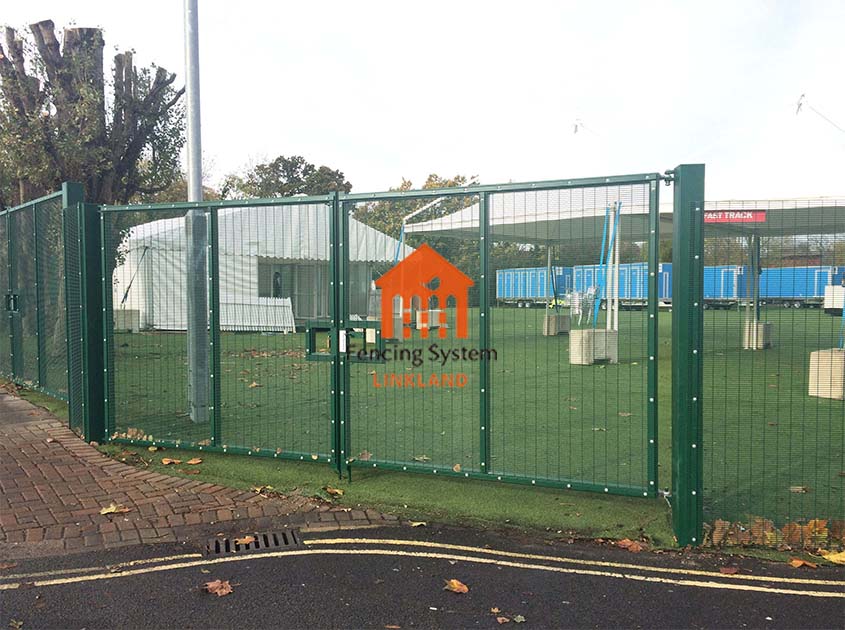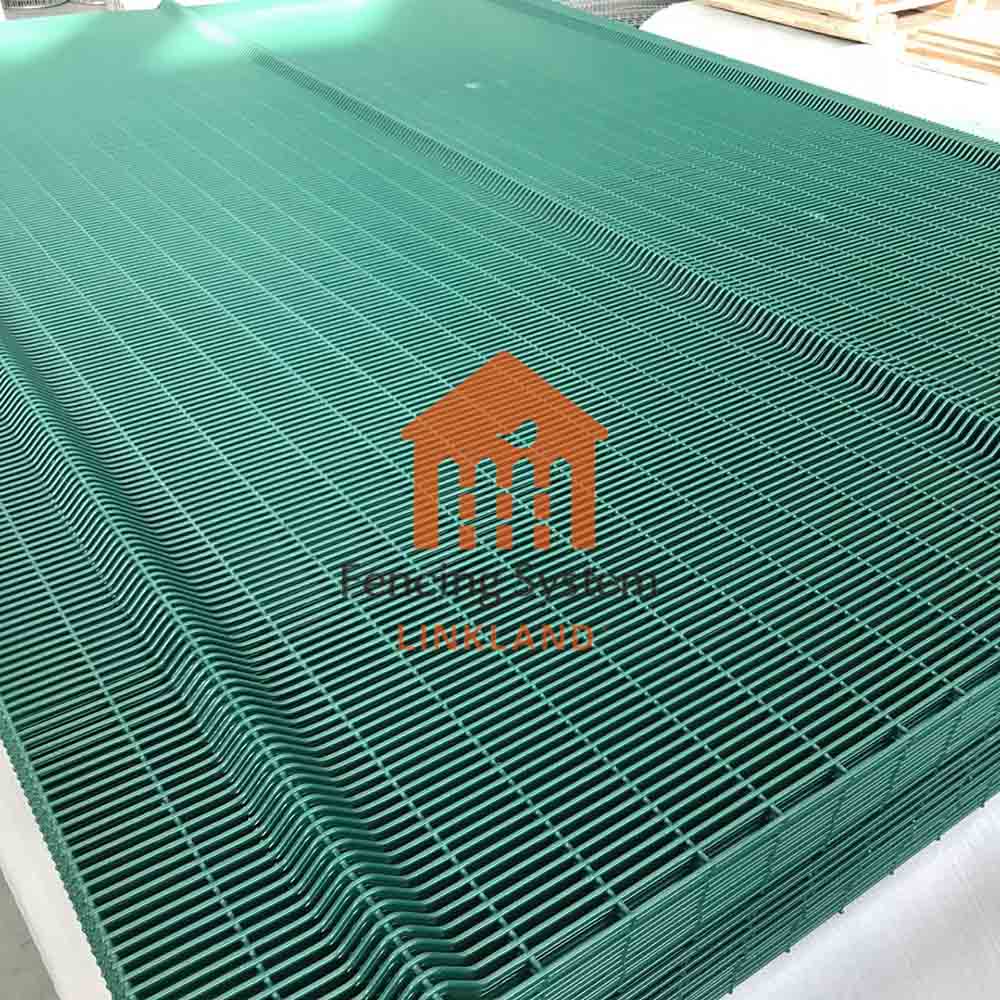- Home
- About Us
- Products
- Service
- Project
- News
- Contact Us
Pulished on Aug. 29, 2023
Actual case studies and data analysis are essential for evaluating the effectiveness of anti-climb fence. By collecting and analyzing existing case data, the actual effect of fences in different environments and application scenarios can be evaluated. These case studies can cover various areas such as prisons, industrial areas, commercial buildings, etc., and take into account factors such as the type of fencing, design, material, and quality of installation.

Analysis of climbing and climbing behavior
To assess the effectiveness of anti-climbing fences, a detailed analysis of climbing and climbing behavior is required. By studying the behavioral patterns and strategies of climbers, potential weaknesses in the fence can be identified. For example, climbers may use fixed structures or specific sections of fences to climb. By understanding the psychological and behavioral characteristics of climbers, the design and material selection of fences can be improved to improve their anti-climbing performance.

Technical Testing and Certification Standards
The development of technical testing and certification standards for anti-climbing fences is an important step in evaluating their effectiveness. By testing the physical strength of the fence, cutting resistance, climbing defense, etc., the performance of the fence can be objectively evaluated. In addition, establishing uniform certification standards can ensure that fences meet specific safety requirements and provide reliable guidelines for designers and installers to refer to.

User Feedback and Satisfaction Surveys
Evaluating the effectiveness of anti-climb fences also needs to consider user feedback and satisfaction. Through regular communication, surveys and evaluations with fence users, it is possible to understand their feelings and experience with fences. User feedback can provide invaluable information to help improve and optimize the design and function of the fence, thereby increasing its actual anti-climbing effect.
To sum up, the effectiveness of anti-climbing fences can be evaluated and analyzed through actual case studies and data analysis, analysis of climbing behavior, technical testing and certification standards, and user feedback and satisfaction surveys. The comprehensive application of these methods can provide a scientific basis for the design, selection and use of fences, ensuring that the fences meet specific needs and expected effects while providing effective protection.
What Are the Common Applications of Wire Mesh Fence in Construction?
Pulished on Dec. 15, 2025
Reasons Behind the Growing Demand for Security Fencing in the Middle East
Pulished on Nov. 28, 2025
Characteristics of Fence Demand in South American Construction Projects
Pulished on Nov. 28, 2025
How Middle East Distributors Can Quickly Evaluate the Quality of Wire Mesh Suppliers
Pulished on Nov. 24, 2025
What Type of Metal Fencing Is Best for Construction in the Middle East?
Pulished on Nov. 18, 2025
358 High-Security Fencing – Maximum Protection for Sensitive Sites
Pulished on Oct. 27, 2025
Welded Wire Mesh Fencing – Durable and Efficient Solutions for Global B2B Buyers
Pulished on Oct. 27, 2025
Cattle Fencing – Strong, Reliable, and Cost-Effective Solutions for Livestock Management
Pulished on Oct. 22, 2025
What Are the Common Applications of Wire Mesh Fence in Construction?
Pulished on Dec. 15, 2025
Reasons Behind the Growing Demand for Security Fencing in the Middle East
Pulished on Nov. 28, 2025
Characteristics of Fence Demand in South American Construction Projects
Pulished on Nov. 28, 2025
How Middle East Distributors Can Quickly Evaluate the Quality of Wire Mesh Suppliers
Pulished on Nov. 24, 2025
What Type of Metal Fencing Is Best for Construction in the Middle East?
Pulished on Nov. 18, 2025
358 High-Security Fencing – Maximum Protection for Sensitive Sites
Pulished on Oct. 27, 2025
Welded Wire Mesh Fencing – Durable and Efficient Solutions for Global B2B Buyers
Pulished on Oct. 27, 2025
Cattle Fencing – Strong, Reliable, and Cost-Effective Solutions for Livestock Management
Pulished on Oct. 22, 2025






 EN
EN SP
SP FR
FR
